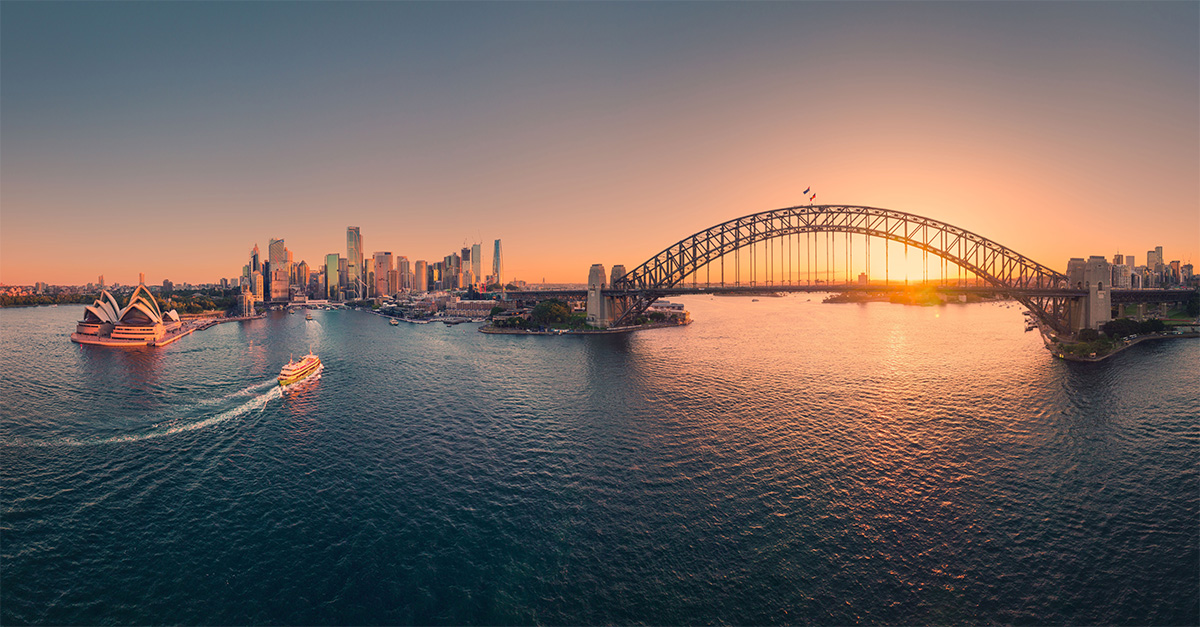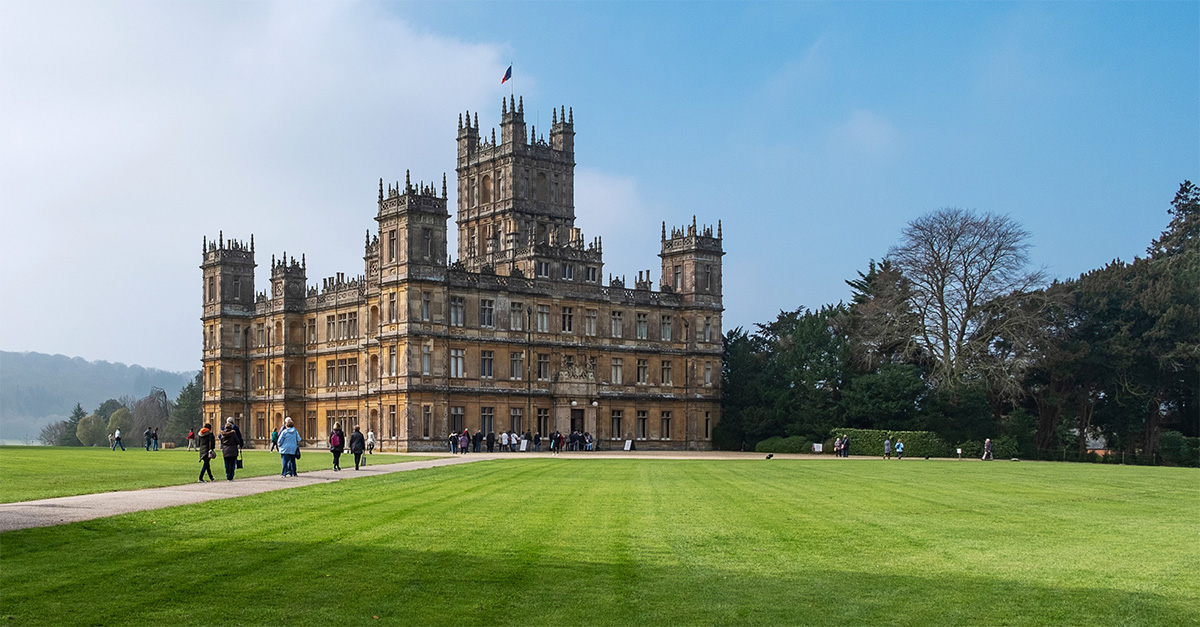Comparison and imagination both tend to fail when it comes to the Amazon River.
Its tributaries carry 20% of the world’s fresh water. It travels more than 3,700 miles from its source high in the Peruvian Andes to its estuary in Brazil. Its mouth is wider than the entire length of the Thames and contains an island the size of Denmark.
Untouched by the Ice Age, the jungle in its basin has evolved over 60 million years into the most biodiverse region on earth, home to 10 million living species. Indigenous tribes live in its remote areas, some completely isolated from the outside world.
So it’s little surprise that the Amazon holds such a fascination for adventurous travellers. However, with a basin the size of the US, it can be hard to know where to start.
For those who don’t want to do a Bruce Parry and traverse the entire length, the Amazon is usually visited from hubs in Brazil, Peru, Ecuador and Bolivia. Operators tend to feature the Amazon as part of a larger itinerary, or as an extra that can be bolted on to another trip.
Many visitors stay in lodges, with both luxury and more budget options available in some areas. A three-night stay is really the minimum necessary to make an Amazon experience worthwhile, or some tourists opt for a cruise.
The Brazilian Amazon
Almost half of Brazil is covered by the river’s tributaries and basin, but the hub for tourists is Manaus, nearly 1,000 miles inland.
The rubber boom made this city the richest in the world in the late 1800s, leaving an elegant opera house and historic buildings in its centre, but there’s also lively nightlife and the popular Ponta Negra beach.
Manaus is also home to the ‘meeting of the waters’, where the black Rio Negro and the milky coffee tones of the Solimoes River join, but – due to heat and density – do not mix for several miles.
This phenomenon is only the start of the Amazon experience for most tourists, who then hit the jungle and stay in a remote lodge. They can trek with expert guides who explain the medicinal values of plants and trees, canoe past giant waterlillies while looking for caiman, or fish for piranha.
The sheer scale of Brazil means the Amazon is a long distance away from the other popular sights, and with no direct flights from Rio or Sao Paulo, tourists must change in Brasilia.
Due to TAM’s monopoly on the airspace, internal flights in Brazil are expensive. Although a healthy supply of accommodation on the ground means prices are no higher than in Peru, the cost of flights can really push up the price of visiting the Brazilian Amazon.
Explore product manager for the Americas Jason Beevis recommends warning wildlife-loving clients that this is a rainforest experience. He said: “If they’re also visiting the Pantanal, where open wetlands make spotting creatures much easier, they may be disappointed with the Amazon.”
Sample package: Journey Latin America’s 14-day Beijaflor small group tour visits Rio de Janeiro, Iguaçú Falls and Salvador as well as spending three days in an Amazon lodge near Manaus. Prices start from £3,298, departing August 1. (020 8747 8315, journeylatinamerica.co.uk/footer/agents.aspx)
The Peruvian Amazon
The sheer number of iconic sights in Peru – Machu Picchu, the Nasca Lines, Lake Titicaca, Sipan – means the Amazon isn’t on every tourist’s agenda, with operators reporting that around half visit it.
In Peru, the river is narrower than at Manaus and the variation in scale makes the whole experience feel different.
Peru is also the best place to see macaws. Journey Latin America marketing manager Laura Rendell-Dunn said: “Hundreds of them gather on cliffside ‘clay licks’ to feed on the salt. It’s a really unique sight.”
Puerto Maldonado is the most common starting point. It is easily added on to a Peru itinerary because it is served by regular flights from Cuzco and Lima, and has lodges to suit every budget.
Known for its wildlife is the more remote Manu National Park, with species such as giant otters, monkeys and tapirs. South American Experience product manager Andre de Mendonca said: “It’s very pristine jungle and more well-heeled – perhaps double the cost of Puerto Maldonado.”
Much further north, Iquitos sits on the Amazon itself and is well-placed for the Pacaya Samiria Reserve, where you can find manatee and pink dolphins. It’s also the boarding point for cruises on the upper Amazon.
Sample package:South American Experience offers five days at the Tambopata Research Center near Puerto Maldonado starting from £895, including transfers from Cuzco, full-board accommodation and excursions, but excluding international flights. (0845 277 3366)
The Ecuadorian Amazon
Tourists heading for the Galapagos often stop off in Ecuador for a glimpse of the rainforest.
The Amazon base of Misahualli on the Napo tributary can be accessed by road, which makes it cheaper to visit, and there is a good range of places to stay. There are opportunities to visit indigenous villages and white-water raft, or take guided jungle walks and canoe rides.
Visitors can fly to the Galapagos from Quito or Guayaquil and could visit the volcanoes of Cotopaxi and Chimborazo en route to Misahualli.
Sample package: Explore’s 22-day Ecuatoriana and the Galapagos itinerary includes three days exploring the Amazon plus seven nights in the Galapagos and visits to other sights in Ecuador. Prices start from £4,299. (0844 499 0904, ukagents@explore.co.uk)
The Bolivian Amazon
Though not commonly seen as an Amazonian destination, it’s possible to visit the fringes of the basin in Bolivia.
The small town of Rurrenabaque is close to the Madidi National Park for rainforest experiences rich with bird and insect life, and tourists can also head to the pampas where it is easier to spot wildlife such as pink dolphins, capybara, anteaters and anaconda.
Responsible travel is developed, so visitors can stay in community eco-lodges and sustain the indigenous people of the area. Rurre is a day’s drive or an hour’s flight from La Paz.
Sample package: Intrepid Travel’s six-day Bolivian Jungle Eco Lodge independent itinerary visits La Paz and Rurrenabaque and starts from £690 excluding international flights. (020 7354 6170, intrepidtravel.com/agents)
Cruises
Amazon river cruises generally embark from Manaus or Iquitos. Itineraries will feature the same sort of excursions as lodges offer, but it’s a more confined experience where cruisers watch the world float by.
There’s a sense of romance about the old steam boats that plough up and down the river, and it’s easier to travel further from civilisation on a boat.
Most tourists will choose one of the more luxurious 6-20 cabin cruisers with air conditioning and private showers; the very budget conscious can take local boats and sleep on the deck in a hammock.
Sample packages: Tucan Travel has just added expedition cruises to its packages and offers a nine-day cruise out of Manaus starting from £1,970, excluding international flights. (020 8896 1600, tucantravel.com/travel-agent-login)




